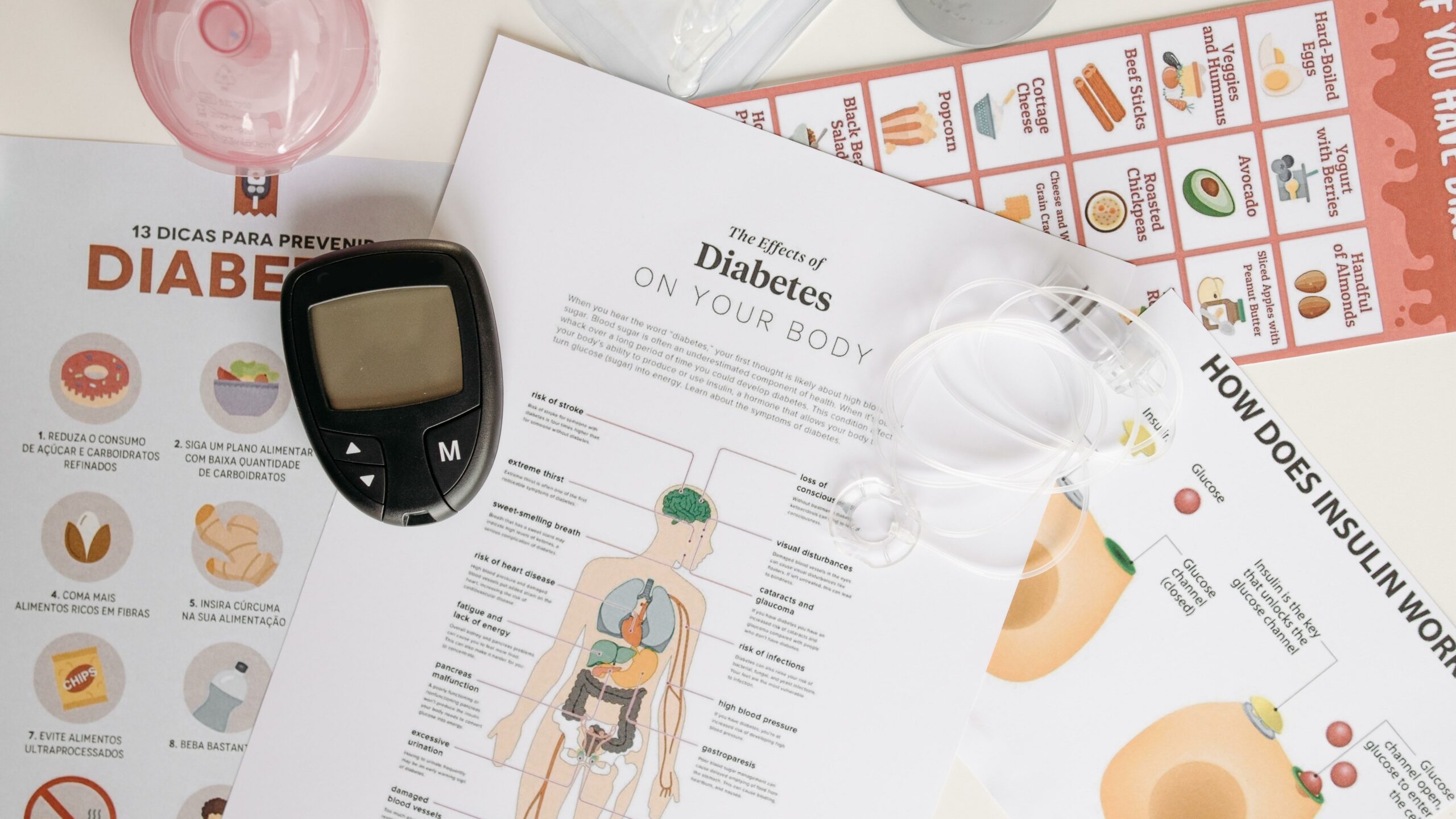Did you realize that more than 1 in 5 Americans with diabetes are completely unaware of their condition? The American Diabetes Association (ADA) estimates that 7.3 million people don’t know that they have diabetes and all the associated health concerns.
Throughout the nation, communities come together to raise awareness of diabetes during National Diabetes Month in November, and ITJ is no exception. To ensure that more people understand the importance and scope of this disease on a global scale, we want to keep reaching out and talking about it.
Diabetes Treatment through time
Since its first discovery in 1923, insulin has undergone purification and current synthetic production by genetically altered microorganisms. With the use of insulin analogs, kinetics, and repeatability, it was possible to target near-normal glycemia without causing hypoglycemia, already improving patients’ lives. But they were still a long way from the tipping point.
In this scenario, patients with type 1 diabetes and some with type 2 diabetes require daily insulin administration. This also entails urine used for glucose monitoring, with specific glucose monitoring cassettes and Clinitest tablets that boil the urine. Ketones were measured using color-changing tablets.
Years later, diabetes still requires monitoring several times a day, whether calculating every meal and snack or checking glycemia using whichever method is preferred. Patients must constantly be on the lookout for symptoms of hypoglycemia. This amount of diligence is uncommon under other circumstances. Throughout the history of contemporary diabetes management, this fact has not altered.
Since the discovery of insulin and the development of pure clinical diagnosis, diabetes management has undergone significant advancements. Now, with the technological era, there have been several life sciences innovations for making the lives of diabetes patients easier.
Today, a multifaceted approach is used to manage insulin levels. Aside from food restrictions, increased physical activity, lifestyle changes, weight loss, and medication, there is one big life-changer: medical devices.
If you want to learn more about diabetes treatments, visit The Future of Diabetes Treatment.
The medical devices are oriented to help diabetes patients with real-time continuous glucose monitoring. This enables accurate timing of insulin pump administration without the need for finger punctures. Plus, smart insulin delivery systems automate insulin administration increasing accuracy.
The new technological advancements have eliminated the painful and annoying tasks involved in living with diabetes a few years ago. Now there is a whole new world in the Bio MedTech industry, companies that want to continue to provide solutions that make diabetes patients’ lives easier.
At ITJ, we continue our mission of empowering our partners to deliver digital innovation that improves people’s lives. We are committed to helping companies solve problems like diabetes so more people can live their lives freely and without discomfort.
About ITJ
ITJ is devoted to serving fast-growing and high-value market sectors, particularly the Internet of Medical Things (IoMT), working with innovative medical device companies looking to improve people’s lives. With a unique BOT (build, operate, and transfer) model that sources only the best digital talent available, ITJ enables companies in the US to create technology centers of excellence in Mexico. For more information, visit www.itj.com.

